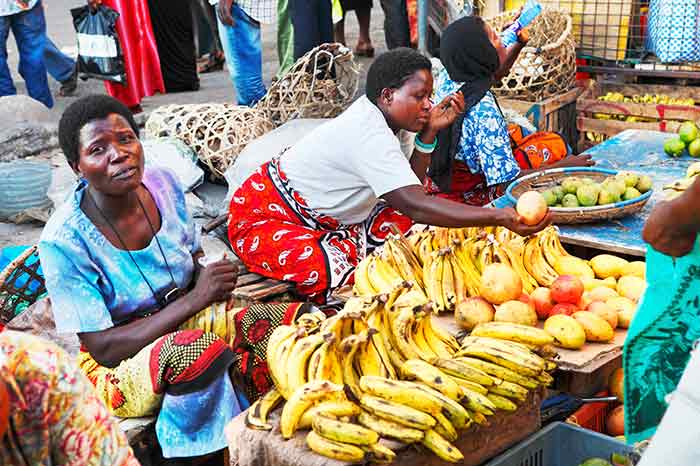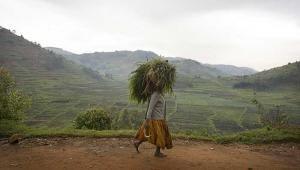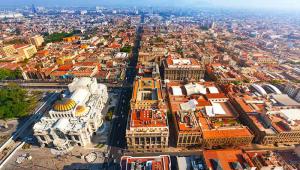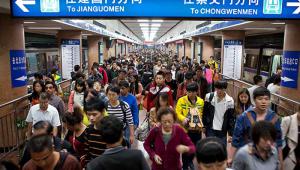web_africanwomenmarket_istock_000073293891_large.jpg

Women selling fruit at market. Half of the world's poor now live in sub-Saharan Africa - more than the number for all other regions combined.
The bank said on Sunday that the world has made impressive progress in lifting people out of extreme poverty considering the lethargic state of the global economy since the financial crisis.
But if unequal distribution of the gains of economic growth continues, the goal of ending extreme poverty by 2030 may not be achieved. This World Bank made this statement in an inaugural report titled Poverty and Shared Prosperity.
“The message is clear: to end poverty, we must make growth work for the poorest, and one of the surest ways to do that is to reduce high inequality, especially in those countries where many poor people live,” said World Bank president Jim Yong Kim.
The report, the first of an annual series looking at the latest and most accurate trends in global poverty and shared prosperity, found that nearly 800 million people lived on less than $1.90 a day in 2013 – the indicator for extreme poverty.
That is 100 million fewer people than in 2012, with most of the progress driven by nations in East Asia, specifically China, and Indonesia and India.
But progress has come at the expense of sub-Saharan Africa, which now houses half of the global total of poor people and more than all other regions combined. Another third live in South Asia.
Contrary to the widely accepted narrative that global inequality is on the rise, the World Bank claims that inequality between and within countries has been falling consistently since 1990.
In 60 out of the 83 countries covered by the report – representing 67% of the world’s population – average incomes went up for those living in the bottom 40% of their nation’s income distribution, despite the financial crisis.
Inequality has been falling in many places since 2008 too, the bank said, noting that for every country that saw a substantial increase in inequality during this time period, two others saw a similar decrease.
But historically, the wealth gap is worryingly wide. Earlier this year, Oxfam highlighted that sixty two people now own as much wealth as the poorest half of the planet’s population combined.
The bank also stressed yesterday that inequality is “still far too high”. In 34 of the 83 countries monitored, income gaps widened as incomes grew faster among the wealthiest 60% of the population than they did among the bottom 40%.
In 23 countries, the bottom 40% saw their incomes decline in absolute terms. In many advanced economies, such as the UK and the US, incomes for the lower earners have yet to recover to pre-crisis levels.
The bank highlighted a number of policies that countries should pursue, based on the success of a group of nations that have reduced inequality significantly in recent years, including Brazil, Cambodia, Mali, Peru and Tanzania.
The policies, such as universal health and education, cash transfers to poor families, progressive taxation and rural infrastructure, have a proven ability to build poor peoples’ earnings, improve their access to services, and improve their long-term development prospects without damaging growth, the bank said.
Kim said that none of the measures represent a “miracle cure”, with some able to affect income inequality rapidly, and others bringing change more gradually.
He continued: “But all are supported by strong evidence, and many are within the financial and technical reach of countries. Adopting the same policies doesn’t mean that all countries will get the same results, but the policies we’ve identified have worked repeatedly in different settings around the world.”













